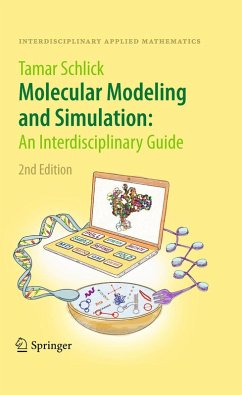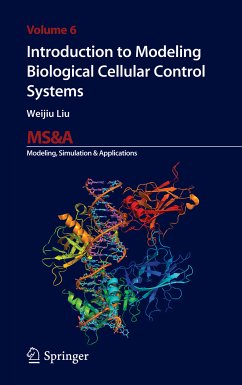
Foundations of Chemical Reaction Network Theory (eBook, PDF)
Versandkostenfrei!
Sofort per Download lieferbar
104,95 €
inkl. MwSt.
Weitere Ausgaben:

PAYBACK Punkte
52 °P sammeln!
This book provides an authoritative introduction to the rapidly growing field of chemical reaction network theory. In particular, the book presents deep and surprising theorems that relate the graphical and algebraic structure of a reaction network to qualitative properties of the intricate system of nonlinear differential equations that the network induces. Over the course of three main parts, Feinberg provides a gradual transition from a tutorial on the basics of reaction network theory, to a survey of some of its principal theorems, and, finally, to a discussion of the theory's more technic...
This book provides an authoritative introduction to the rapidly growing field of chemical reaction network theory. In particular, the book presents deep and surprising theorems that relate the graphical and algebraic structure of a reaction network to qualitative properties of the intricate system of nonlinear differential equations that the network induces. Over the course of three main parts, Feinberg provides a gradual transition from a tutorial on the basics of reaction network theory, to a survey of some of its principal theorems, and, finally, to a discussion of the theory's more technical aspects. Written with great clarity, this book will be of value to mathematicians and to mathematically-inclined biologists, chemists, physicists, and engineers who want to contribute to chemical reaction network theory or make use of its powerful results.
Dieser Download kann aus rechtlichen Gründen nur mit Rechnungsadresse in A, B, BG, CY, CZ, D, DK, EW, E, FIN, F, GR, HR, H, IRL, I, LT, L, LR, M, NL, PL, P, R, S, SLO, SK ausgeliefert werden.












